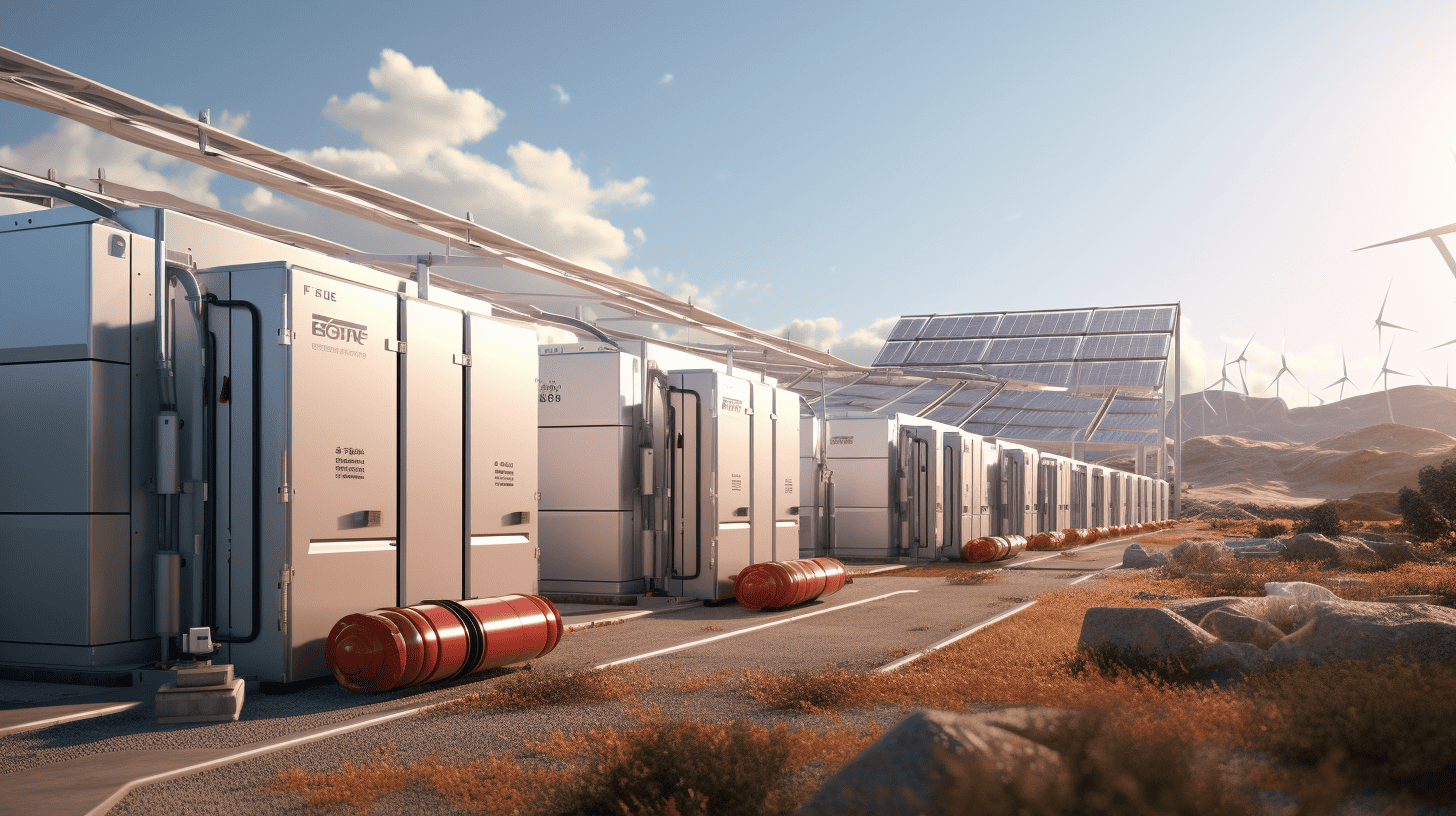
Researchers have developed an innovative method to produce green ammonia through solar thermochemistry, promising greater efficiency than the traditional Haber-Bosch process. This green ammonia production, being adopted by industries like Aelius Energy, uses solar thermal energy and green hydrogen, drastically reducing CO2 emissions. It’s gaining traction in industries like shipping, energy storage, and chemical plants as it aligns with the EU’s sustainability goals. Notably, the green ammonia market is projected to reach a staggering USD 20,919 million by 2032, offering significant growth potential. Ammonia is one of the components that could drive the worlds shift towards renewable energy.
- Researchers have developed a revolutionary method called solar thermochemical ammonia production that uses solar thermal energy and green hydrogen to produce green ammonia.
- Green ammonia is emerging as a superior energy carrier due to its higher storage density and existing transport infrastructure.
- Green ammonia’s potential as a direct fuel in internal combustion engines is gaining traction, with successful demonstrations in shipping and even considerations for decarbonizing the aviation industry.
Revolutionising ammonia production
Ammonia, a compound of hydrogen and nitrogen, is a colourless gas widely used in agriculture as a fertiliser, as a refrigerant gas, for water purification, and in the manufacture of plastics, textiles and other chemicals. Traditionally, it has been produced using the Haber-Bosch process, a method that relies heavily on fossil fuels and emits significant amounts of CO2. However, researchers from Sandia National Laboratories, in collaboration with Arizona State University and Georgia Institute of Technology, have developed a patent-pending process that promises to revolutionise this method.
This new process, known as solar thermochemical ammonia production (STAP), utilises solar thermal energy and green hydrogen to produce ammonia. The process begins by extracting nitrogen from the air and sourcing green hydrogen externally. This hydrogen is then reacted with a ternary nitride material, molybdenum cobalt nitride (Co3Mo3N), under the influence of direct solar thermal energy. The Co3Mo3N material continuously releases and reincorporates nitrogen, making it ideal for the cycling process involved in green ammonia production.
Ammonia: A stable energy carrier
Ammonia, a compound of hydrogen and nitrogen, has emerged as a superior hydrogen carrier due to its higher storage density and existing transport infrastructure. Unlike hydrogen, which requires high-pressure storage and has potential safety issues, ammonia is much easier to store and transport. It has a liquid energy density of 15.6 MJ/L, making it ideal for long-distance transportation and storage. This makes it especially useful in sectors such as shipping, where fuel needs to be stored for extended periods and transported over long distances.
Additionally, ammonia production only requires water, air, and power, making it a sustainable choice. It does not release carbon emissions when combusted, further boosting its green credentials. It’s this unique combination of characteristics that make solar-produced green ammonia a promising solution for the storage and transport of renewable energy.
Powering engines with ammonia
Ammonia’s potential isn’t limited to being a green energy carrier. It’s increasingly being noticed for its potential as a direct fuel. Ammonia can be used in adapted internal combustion engines, making for an easy transition from fossil fuels. Aelius Energy, a company focused on green ammonia, has successfully demonstrated this by converting a 4,000 metric ton ship engine to run on green ammonia. The engine’s operation on green ammonia represents a significant milestone in using ammonia as a direct fuel in internal combustion engines.

Ammonia-powered engines work by combusting ammonia in the engine’s combustion chamber. The heat generated from this combustion drives the engine. The only by-products of this combustion are nitrogen and water, making it an emission-free source of power. This has far-reaching implications, especially for industries such as shipping and agriculture, which have traditionally relied on carbon-intensive fuels. Ammonia is even considered as a fuel for jet engines, helping to decarbonize the aviation industry. Australian company Aviation H2 is rebuilding a Falcon 50 plane to fly on liquid ammonia.
Green ammonia: A key to decarbonisation
With the process of green ammonia production being fine-tuned and the successful demonstration of ammonia-powered engines, green ammonia is set to play a pivotal role in the world’s decarbonisation efforts. The potential applications of green ammonia extend beyond shipping and agriculture. It can also be used as a building block to make fertilisers, as a feedstock for industrial and manufacturing applications ranging from water purification through to pharmaceuticals, and as a fuel source for electricity power generation.

Green ammonia aligns with the European Union’s sustainability goals and promises a more sustainable and economically viable alternative for ammonia production. As such, Europe leads in green ammonia production and utilisation, supported by initiatives and programs aimed at decarbonisation and green energy sources.








